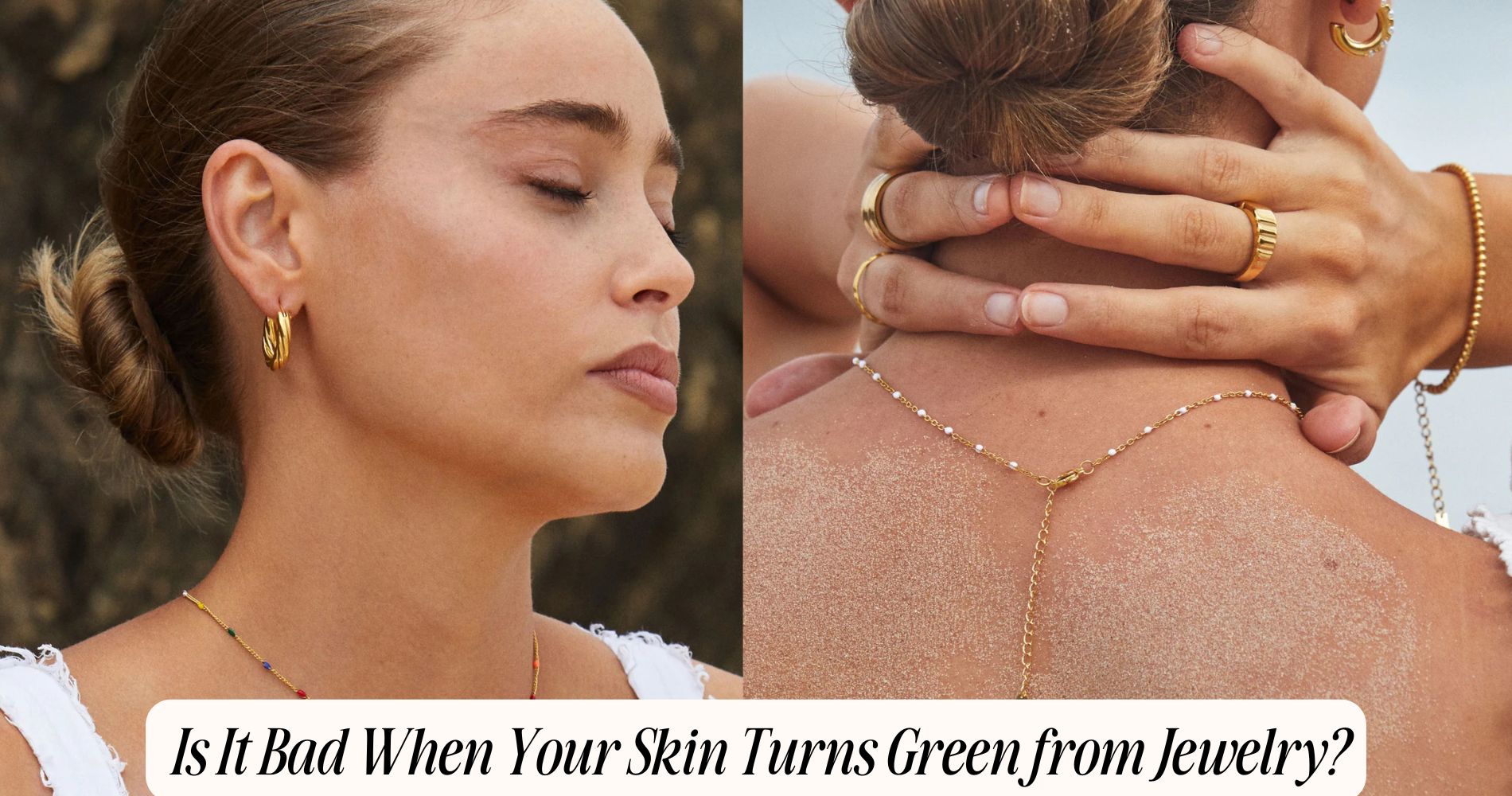
Is It Bad When Your Skin Turns Green From Jewelry?
Is it bad when your skin turns green from jewelry? Many people worry when they notice this discoloration, but it's usually a harmless reaction caused by metals like copper. This occurs due to oxidation, where the metal interacts with your skin, sweat, or lotions. While not necessarily dangerous, it can signal skin sensitivity or allergies. In some cases, prolonged exposure may lead to irritation or dermatitis, so it's essential to monitor any discomfort. To prevent this, consider wearing hypoallergenic jewelry and using proper care techniques. If irritation persists, consulting a dermatologist for suitable jewelry options is a smart choice.
Understanding Skin Discoloration
While wearing jewelry can enhance your style, it can sometimes lead to unexpected skin discoloration, particularly a green tint. This discoloration often occurs due to reactions between the metal in your jewelry and your skin.
Different skin types react variably to these metals, with some being more prone to discoloration than others. The primary causes of this green tint include the presence of copper in the jewelry, sweat, and skin acidity.
When copper oxidizes, it creates a green compound that can stain your skin. Additionally, factors like lotions, perfumes, and even body chemistry can amplify these reactions.
Understanding these discoloration causes can help you make informed choices about the jewelry you wear, minimizing potential skin issues.
Common Metals That Cause Reactions
Certain metals are more likely to cause skin reactions, leading to that unwanted green tint. Copper alloys, commonly found in costume jewelry, can react with moisture and acids in your skin, resulting in discoloration. When these alloys corrode, they release copper salts, which leave a green mark.
Additionally, nickel exposure is another culprit. Many people are sensitive to nickel, an element often used in jewelry for its durability. If you wear nickel-containing pieces for extended periods, you might experience irritation, rashes, or discoloration.
To avoid these reactions, consider opting for jewelry made from hypoallergenic materials like sterling silver, titanium, or stainless steel. Being informed about the metals in your jewelry can help prevent skin reactions and unwanted green tints.
The Role of Skin Acidity
Your skin's acidity, or pH level, plays an essential role in how metals react when they come into contact with your skin.
Variations in pH can influence the corrosion of jewelry, leading to unwanted discoloration. Understanding this relationship helps explain why some individuals experience more reactions than others.
Skin Ph Levels
Understanding skin pH levels is essential when considering how jewelry can affect your skin. Your skin's pH balance typically ranges from 4.5 to 5.5, indicating a slightly acidic environment. This acidity helps maintain skin moisture and protects against harmful bacteria.
When the pH balance is disrupted, perhaps due to sweat, skincare products, or even certain jewelry materials, your skin may become more susceptible to irritation and reactions. A lower pH can lead to increased moisture loss, leaving your skin vulnerable. Conversely, a higher pH may promote bacterial growth, which can exacerbate reactions to jewelry.
Metal Reaction Factors
While skin acidity plays an essential role in how metals interact with your body, the specific reactions can vary drastically based on the type of jewelry worn.
The metal composition of your jewelry can greatly influence these reactions; for instance, pieces containing copper often cause green discoloration due to oxidation.
Your skin's pH levels can change due to factors like sweat, diet, and hormonal fluctuations, which may heighten or reduce metal reactions.
To minimize unwanted reactions, proper jewelry care is vital. Regularly cleaning your jewelry and avoiding prolonged exposure to moisture can help maintain its integrity and reduce skin reactions.
Being aware of your skin's unique chemistry and the materials you choose can prevent unpleasant surprises.
Health Risks Associated With Green Skin
Although the sight of green skin from jewelry is often dismissed as a cosmetic issue, it can indicate underlying health risks that shouldn't be ignored.
The green discoloration usually results from metal reactions, which may signal skin allergies or jewelry toxicity. If you notice persistent green stains, it's crucial to assess whether you're allergic to certain metals, like nickel or copper, commonly used in costume jewelry.
Prolonged exposure to these materials can lead to more severe skin reactions, including rashes or dermatitis. Additionally, some jewelry may contain toxic substances that can be absorbed through the skin, posing further health risks.
Staying vigilant about your jewelry's materials can help you avoid these potential health issues.
Prevention Tips for Jewelry Wearers
To prevent your skin from turning green from jewelry, it's important to choose quality materials that are less likely to react with your skin.
Additionally, maintaining a regular cleaning routine for your jewelry can help minimize tarnishing and irritation.
Choose Quality Materials
Choosing quality materials for your jewelry is essential if you want to avoid skin reactions, such as discoloration. Opt for high-quality metals like sterling silver, gold, or platinum, which are less likely to cause irritation.
Cheap alternatives often contain nickel or copper, which can react with your skin, leading to that unwanted green tint. If you have sensitive skin, seek out hypoallergenic options specifically designed to minimize reactions.
Materials like titanium or surgical stainless steel are excellent choices for those prone to allergies. By investing in well-made jewelry, you not only enhance your style but also protect your skin from unnecessary irritation and discoloration.
Prioritize quality to enjoy your accessories without the hassle of skin issues.
Regular Cleaning Routine
Maintaining a regular cleaning routine for your jewelry is essential in preventing skin discoloration and irritation. Aim to clean your pieces at least once a month, especially if you wear them daily.
Use a gentle cleaning solution, such as a mixture of warm water and mild soap. Avoid harsh chemicals that can damage your jewelry. For metal pieces, a soft cloth can help remove tarnish and oils.
Consider investing in a jewelry cleaning kit that includes a microfiber cloth and a gentle cleaner specifically designed for your jewelry type.
If you notice any discoloration, increase your cleaning frequency to bi-weekly. By following these product recommendations and maintaining a consistent cleaning schedule, you'll protect your skin and keep your jewelry looking its best.
Cleaning and Caring for Jewelry
While your jewelry can enhance your style, it also requires proper cleaning and care to maintain its luster and prevent skin reactions.
Regular jewelry maintenance is essential. Clean your pieces periodically using a soft cloth and mild soap diluted in warm water. Avoid harsh chemicals that can damage the finish.
For storage, keep your jewelry in a dry, cool place, preferably in individual pouches or a dedicated jewelry box to prevent tangling and scratching. Avoid exposing your jewelry to moisture or humidity, which can accelerate tarnishing.
If you notice any discoloration, it's wise to address it immediately to protect both your jewelry and your skin.
When to Seek Medical Advice
How do you know when it's time to seek medical advice for skin reactions caused by jewelry?
If you experience persistent skin irritation that doesn't improve after removing the jewelry, it's wise to consult a healthcare professional.
Pay attention to any allergy symptoms, such as redness, swelling, or itching, that occur shortly after wearing the item.
If you develop blisters or the affected area becomes increasingly painful, don't hesitate to seek medical help.
Additionally, if you notice signs of infection, like pus or fever, it's essential to act promptly.
Remember, addressing these issues early can prevent further complications and help you identify any specific allergies to metals or materials in your jewelry.
Your health should always come first.
Alternatives to Problematic Jewelry
If you're experiencing skin reactions from jewelry, exploring alternatives can help you enjoy adornments without discomfort.
Consider hypoallergenic options made from materials such as titanium, stainless steel, or sterling silver. These metals are less likely to cause irritation, allowing you to wear your favorite pieces without worry.
When shopping, read labels carefully to verify you're choosing products specifically designed to minimize allergic reactions.
Frequently Asked Questions
Can All Skin Types Experience Discoloration From Jewelry?
Yes, all skin types can experience discoloration from jewelry due to skin sensitivity and the materials used. Certain metals, like copper or nickel, can react with your skin, leading to discoloration regardless of skin type.
Does the Climate Affect Skin Reactions to Jewelry?
Yes, climate can affect skin reactions to jewelry. High humidity levels might exacerbate metal allergies, leading to increased irritation or discoloration. It's crucial to monitor your skin's response, especially in varying environmental conditions.
Can Lotions or Perfumes Worsen Jewelry-Related Skin Issues?
Lotions and perfumes can indeed worsen jewelry-related skin issues. They may contain irritants that exacerbate metal allergies, so it's crucial to choose skin care products carefully to avoid reactions and maintain skin health.
Is It Safe to Wear Jewelry With Green Stains on Skin?
Wearing jewelry that causes green stains on your skin can indicate material effects, often due to metals like copper reacting with moisture or skin products. It's best to assess your jewelry's composition and consider alternatives.
Conclusion
To sum up, while skin turning green from jewelry can be a common reaction to certain metals, it's usually not harmful. Understanding the materials in your jewelry and how they interact with your skin can help you make better choices. By following prevention tips and properly caring for your jewelry, you can minimize discoloration. If you experience persistent irritation or discomfort, don't hesitate to seek medical advice. Opting for hypoallergenic alternatives can also keep your skin healthy and irritation-free.








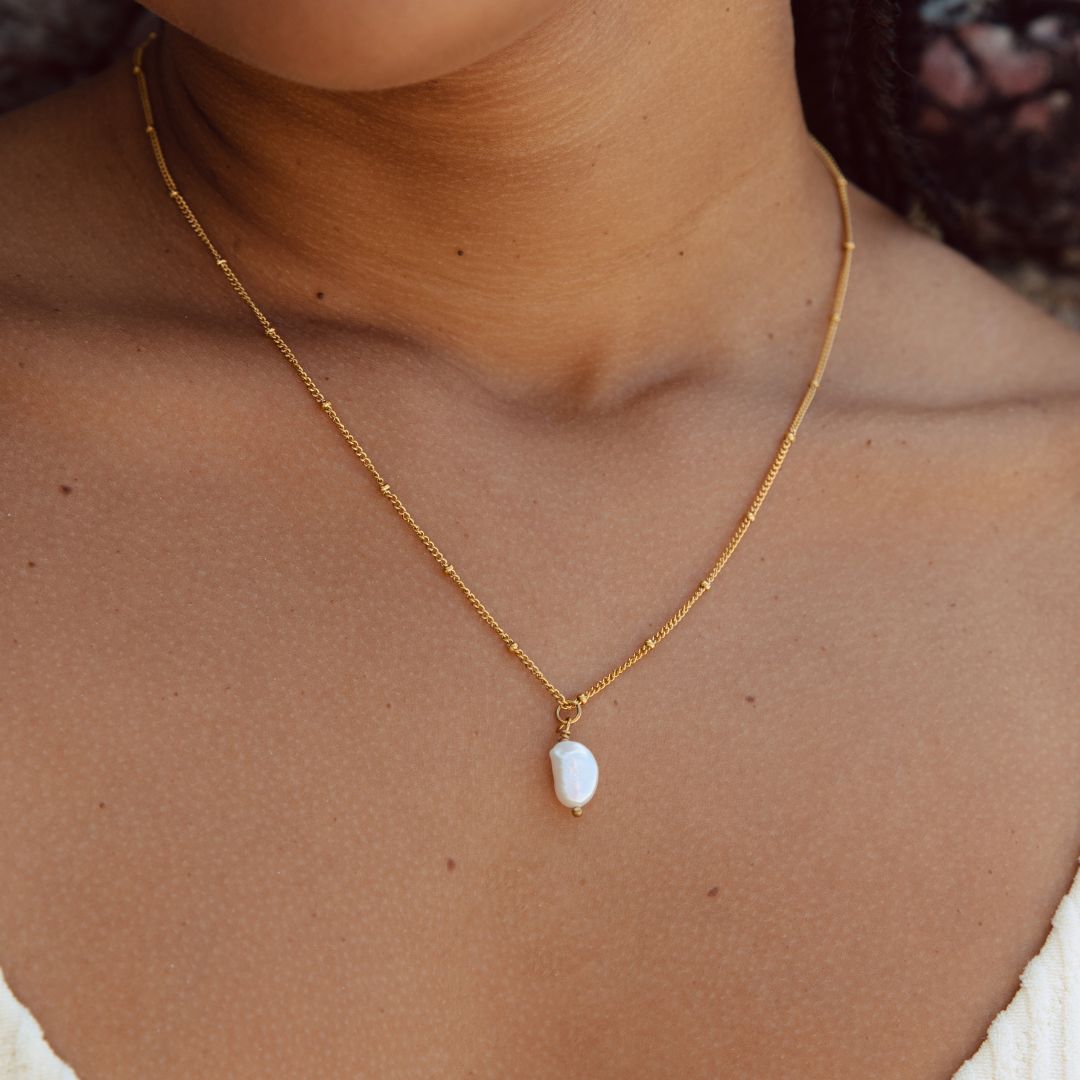

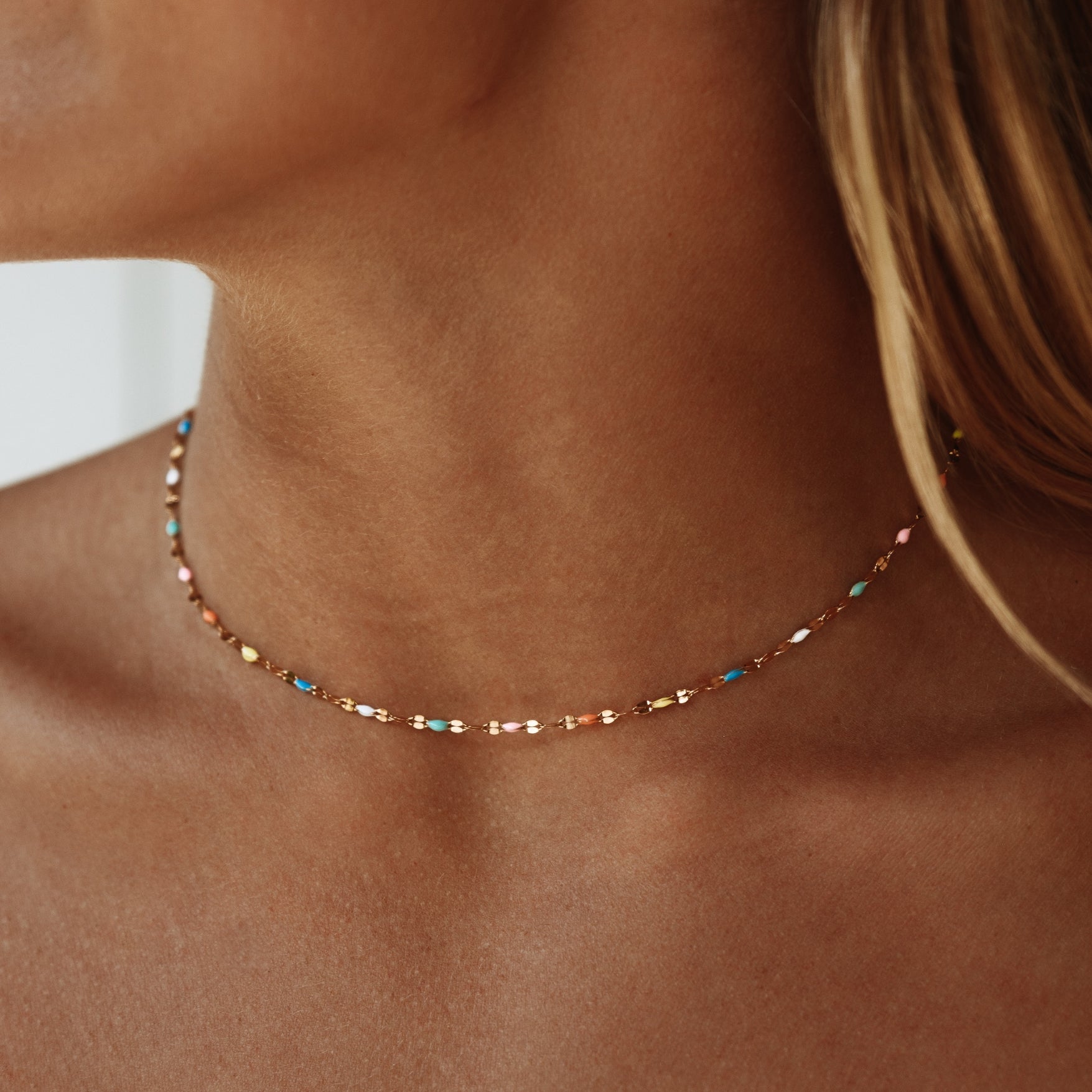


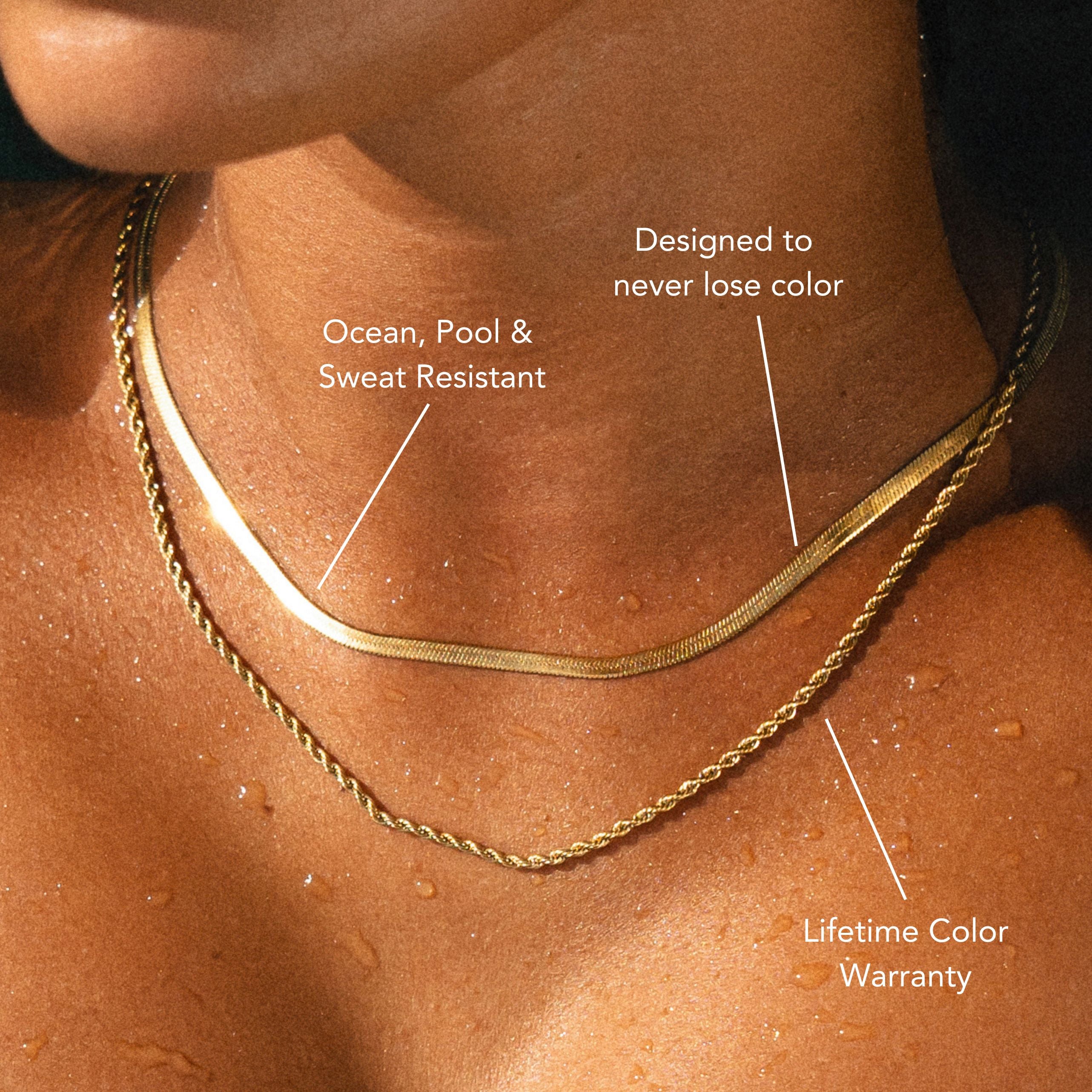
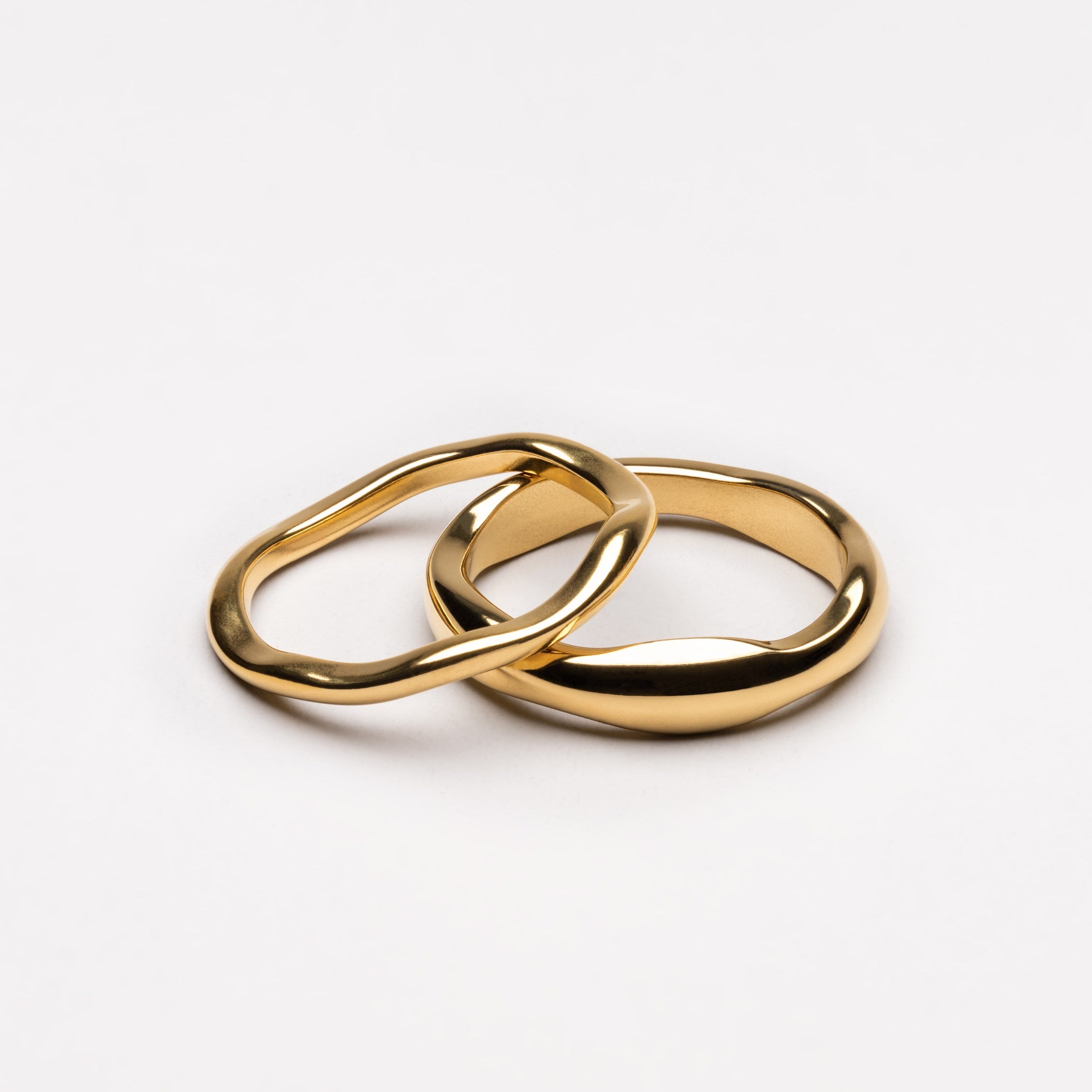


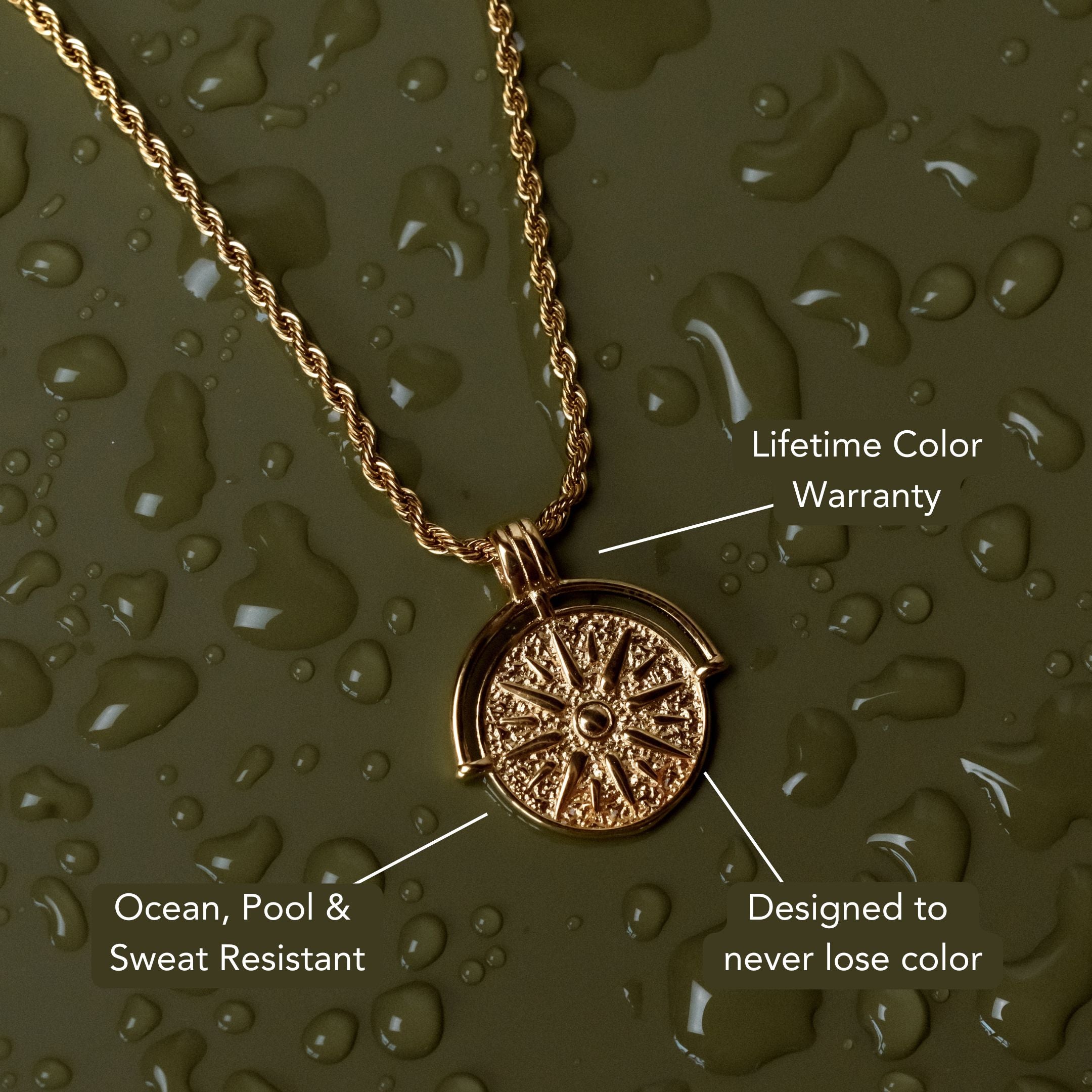
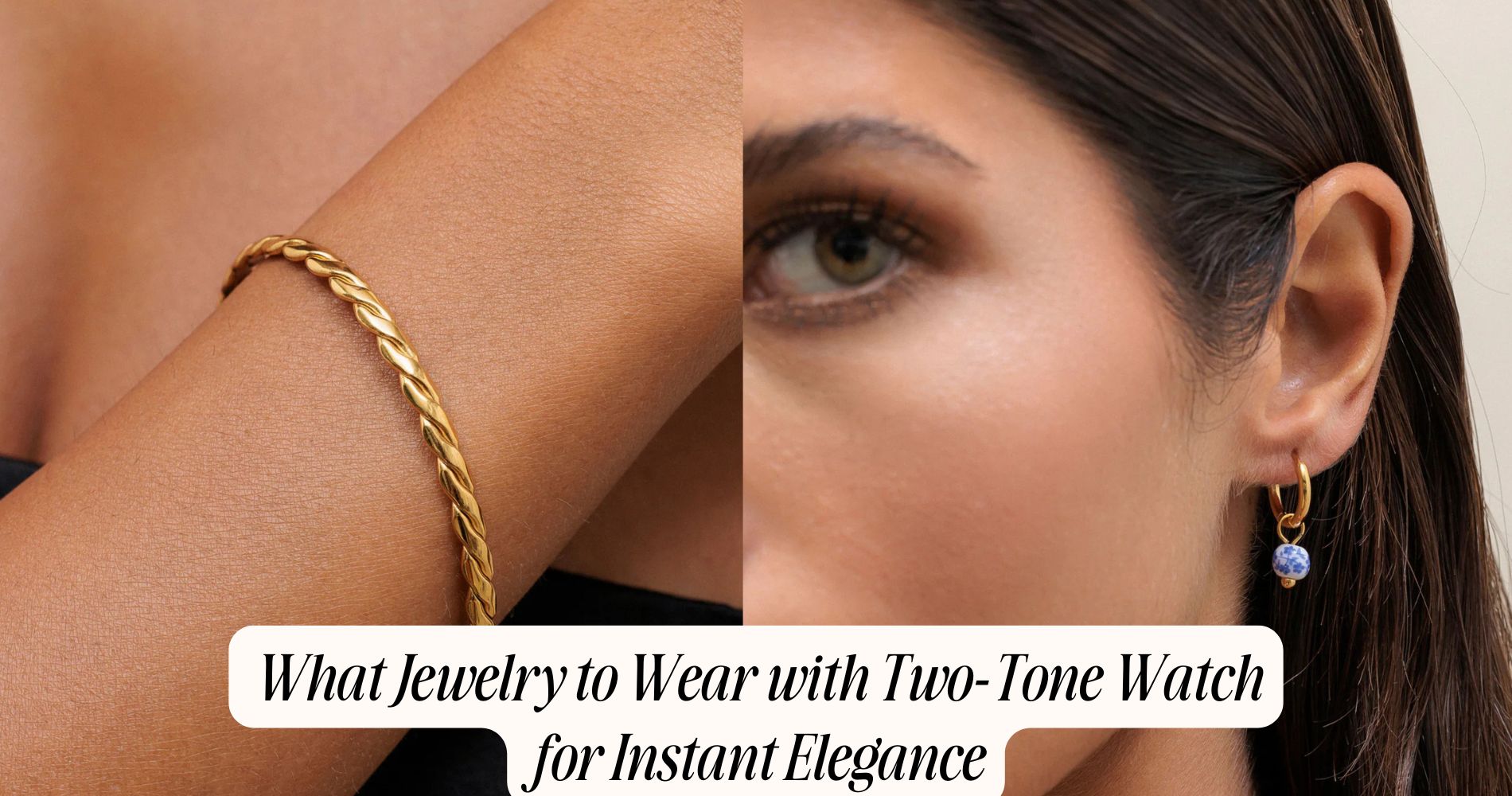





Leave a comment
This site is protected by hCaptcha and the hCaptcha Privacy Policy and Terms of Service apply.